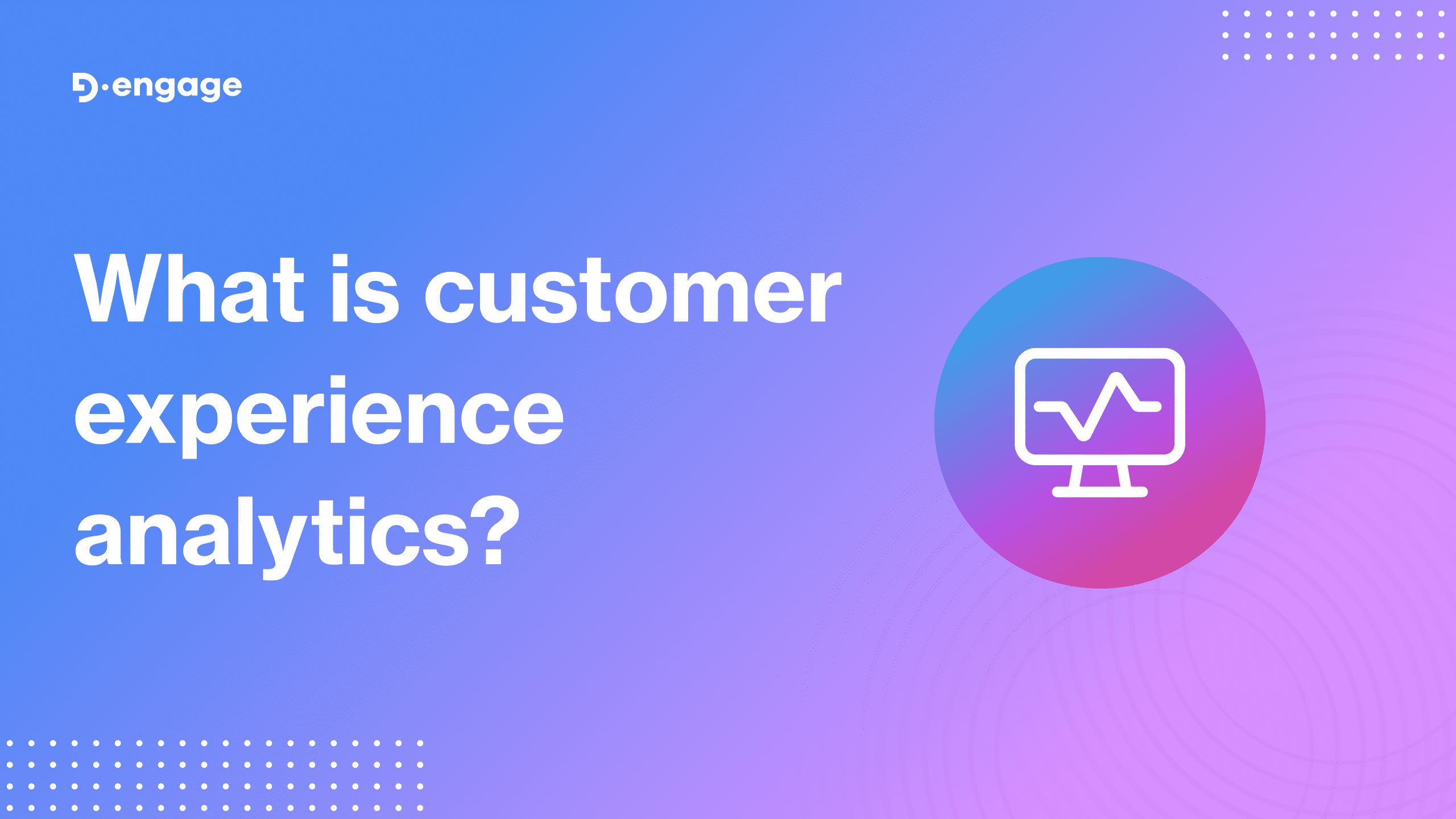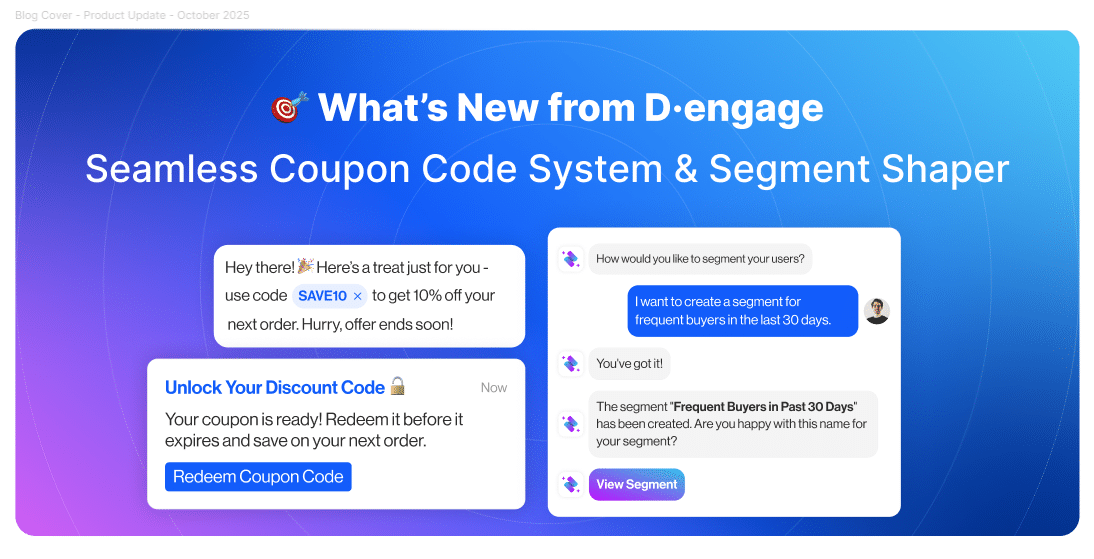In today’s digital age, understanding and enhancing customer experience is crucial for any business. Customer Experience Analytics (CX Analytics) provides the insights needed to ensure that your customers are not only satisfied but also loyal advocates of your brand. At Dengage, we specialize in empowering organizations with cutting-edge digital marketing tools and data-driven insights. In this article, we’ll delve into what customer experience analytics entails, its significance, and how it can revolutionize your business strategies.
What is Customer Experience Analytics?
Customer Experience Analytics refers to the process of collecting, analyzing, and interpreting data related to customer interactions with a brand. This encompasses all touchpoints across the customer journey, from initial awareness to post-purchase support. By leveraging CX Analytics, businesses can gain a comprehensive understanding of their customers’ behaviors, preferences, and pain points.
Why is CX Analytics Important?
- Enhanced Customer Satisfaction
By analyzing customer feedback and behavior, businesses can identify areas of improvement and tailor their services to meet customer expectations. According to Qualtrics, 89% of companies see customer experience as a key factor in driving customer loyalty and retention.
- Increased Customer Retention
Understanding customer needs and addressing them proactively can significantly reduce churn rates. Research shows that improving customer retention by just 5% can increase profits by 25% to 95% (Bain & Company).
- Data-Driven Decision Making
CX Analytics provides actionable insights that help businesses make informed decisions. This leads to more effective marketing strategies, improved product development, and optimized customer service.
“Companies using data-driven marketing are six times more likely to be profitable year-over-year” – Forbes
- Personalized Customer Interactions
By leveraging data, businesses can create personalized experiences for their customers. Personalized experiences not only enhance satisfaction but also boost conversion rates. CDP.com notes that personalized emails deliver 6x higher transaction rates than non-personalized ones.
Key Components of Customer Experience Analytics
1. Data Collection
CX Analytics begins with gathering data from various sources, including:
- Surveys and Feedback Forms: Direct input from customers about their experiences.
- Transactional Data: Information from purchase histories and service interactions.
- Behavioral Data: Insights from website visits, app usage, and social media interactions.
2. Data Integration
Integrating data from multiple touchpoints into a unified platform is essential. This allows for a holistic view of the customer journey. At Dengage, our solutions enable seamless data integration, ensuring you have a comprehensive understanding of your customers.
3. Data Analysis
Advanced analytics tools are used to process and interpret the data. This includes identifying patterns, trends, and correlations that can inform strategic decisions. Tools like Userpilot and ThoughtSpot offer robust analytics capabilities.
4. Reporting and Insights
Effective CX Analytics requires generating reports that provide actionable insights. These reports should highlight key performance indicators (KPIs) such as Net Promoter Score (NPS), Customer Satisfaction (CSAT), and Customer Effort Score (CES).
“Companies with a well-structured customer experience strategy achieve higher customer satisfaction rates by 50%” – McKinsey
Benefits of Customer Experience Analytics
1. Improved Customer Loyalty
By continuously monitoring and enhancing the customer experience, businesses can foster greater loyalty. Dialpad reports that 86% of customers are willing to pay more for a better customer experience.
2. Enhanced Product Development
CX Analytics can reveal customer preferences and unmet needs, guiding product development. This leads to innovations that resonate with your target audience.
3. Optimized Marketing Strategies
Understanding customer behavior allows for more targeted and effective marketing campaigns. This not only improves conversion rates but also maximizes ROI.
4. Increased Revenue
A positive customer experience directly impacts the bottom line. Satisfied customers are more likely to make repeat purchases and recommend your brand to others.
“Businesses that prioritize customer experience generate 60% higher profits than their competitors” – CX Today
Implementing Customer Experience Analytics with Dengage
At Dengage, we offer a suite of tools designed to help you harness the power of customer experience analytics. Our platform provides comprehensive data collection, integration, and analysis capabilities, enabling you to gain deep insights into your customers’ journeys.
Features and Solutions
- Omni-Channel Marketing: Engage customers across various channels with personalized messaging.
- Advanced Analytics: Leverage AI-driven insights to understand customer behavior and preferences.
- Automation: Streamline your marketing efforts with automated workflows and real-time data updates.
To learn more about how to enhance your customer experience strategy, explore our product features and solutions.
Conclusion
Customer Experience Analytics is a powerful tool that can transform your business by providing a deep understanding of your customers. By leveraging data to drive personalized interactions and strategic decisions, you can enhance customer satisfaction, improve retention, and boost profitability. At Dengage, we’re committed to helping you navigate this journey with our innovative solutions and expert insights.
Embrace the future of customer experience with data-driven insights and stay ahead in the competitive landscape.



